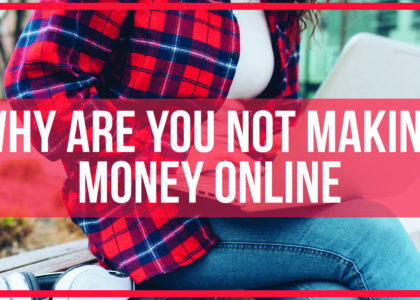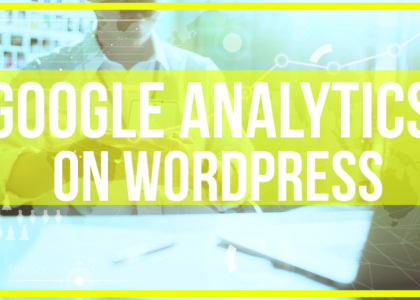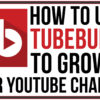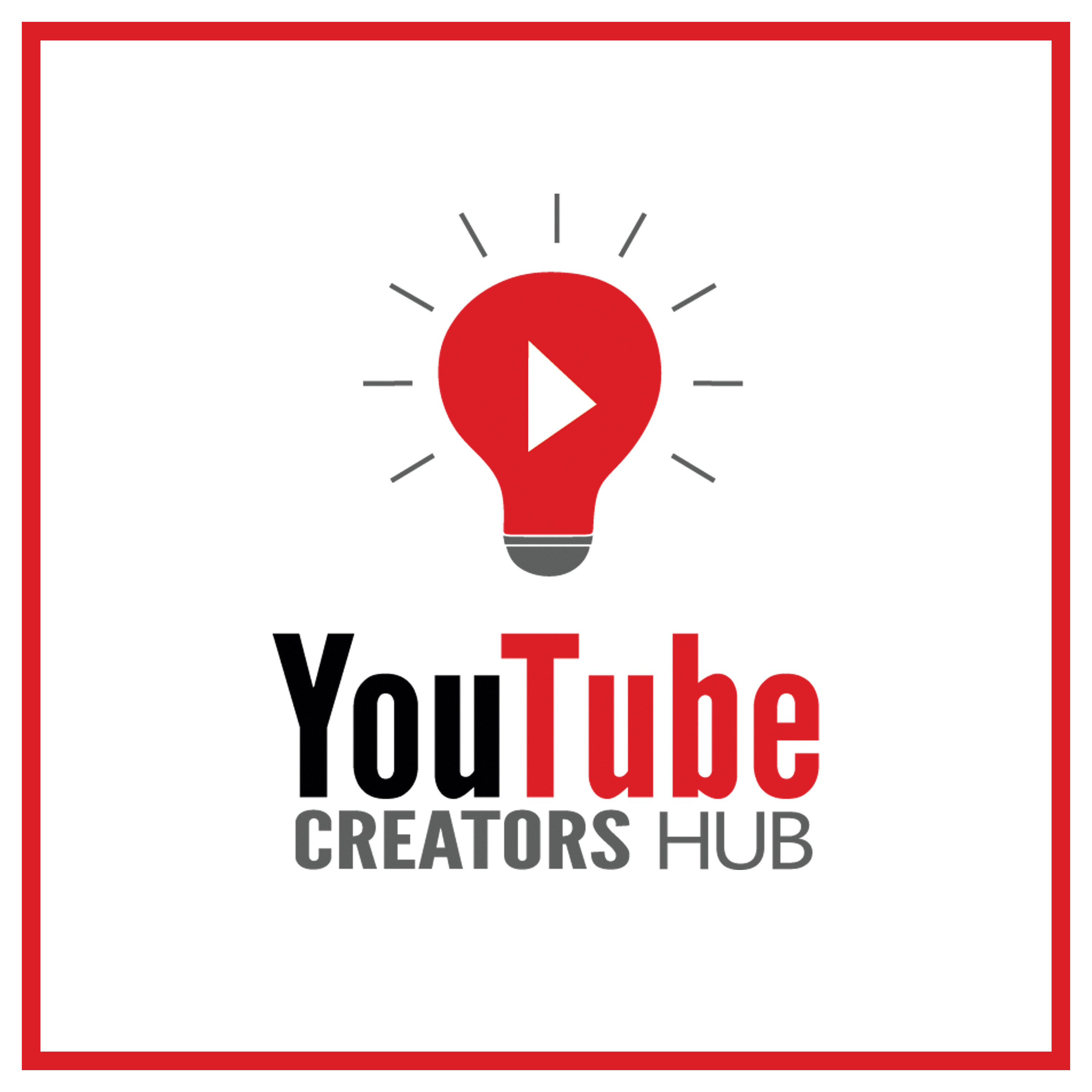Today we are going to be covering the topic of Internet Marketing.
Maybe this is a term you have heard before, but you just aren’t exactly sure what it is and how you do it. If you think you may be interested in Internet Marketing, then keep reading!
 Internet Marketing is promoting something on the internet. You could promote something on a website, a social media platform, a mobile application, forum, or any other online channel.
Internet Marketing is promoting something on the internet. You could promote something on a website, a social media platform, a mobile application, forum, or any other online channel.
So what are internet marketers promoting?
Basically anything. They can be promoting a product, promoting a brand, promoting a service, or even promoting an idea.
You can think of internet marketing as online advertising.
If you want to become an internet marketer, you have to decide what you want to promote. There are two types of internet marketers: Creators & Affiliates. If you want to become a creator then you must create your own products. You can create online courses, blogs, e-books, social awareness campaigns, digital products, or maybe even a more traditional product. Once you create your product, then you promote that product to an audience.
You could also become an Affiliate. Affiliates are internet marketers that promote products for other people. Almost every product on the internet has some type of affiliate program where internet marketers advertise other people’s products for them. In return, the internet marketers make a percentage of each sale, sometimes even up to 100% of the product. Businesses are willing to pay large percentages to affiliate marketers because they would not have made the sale without them. Companies will pay up to 100% of one product because they are counting on that one sale producing more sales from that customer down the road. This results in not only more revenue, but also brand awareness for the company.
In both the creator and affiliate’s case, the goal for internet marketers is to create passive income. Passive income is money that is generated while a person is not actively working. For instance, you could create an ebook and begin promoting it. On the launch day, you could be at the beach on a grand vacation while sales are coming in through your website. This is the dream for all internet marketers. You do the work on the front end, so you can reap the rewards down the road.
To be able to make the dream happen and become an effective internet marketer, there is one missing ingredient that all internet marketers need: traffic.
Internet traffic is the flow of data across the internet from online sites to the public. A much simpler way to think of the idea of traffic is to replace the word traffic with visitors. Every internet marketer needs visitors to see their advertisements.

You could have the absolute greatest product the earth has ever seen. However, if you have no one to promote the product to then you will make zero sales. It will be hard to change the world when no one knows you exist. Without traffic, all internet marketers will fail. Getting traffic is perhaps the most difficult aspect of internet marketing, which is why so many internet marketers quit before they ever see success.
So how does an internet marketer get traffic? Well, there are several ways to get traffic on the internet, but the main three are PPC, SEO, & SMM. There are a few other ways to advertise online, but most successful internet marketers will tell you that almost all online advertising strategies will fit under one of those three umbrellas.
Don’t let those terms confuse you. We are going to go over each one individually.
First we have PPC. PPC stands for pay per click advertising. This means that every time a person clicks on a link, banner, or image, a business is charged a fee. The fee can be very expensive or fairly inexpensive depending on the competition for the keywords used. The best way to visualize this is to do a quick search on Google. If you search “auto insurance” Google is going to give you a list of companies that sell auto insurance. If you look closely next to the first 2-4 listings, they will each have a small green box that says “Ad” next to the URL or domain name of the listing. If you were to click on one of the listings, the company who owns the website you are transported to will get charged a fee. Auto insurance is a very competitive industry so that company will pay anywhere from $20 to $100 for that click. A good auto insurance policy can make an insurance agent thousands of dollars over several years of renewing so it is worth it to that company to pay the fee for you to visit their website. Now, imagine if instead of searching auto insurance, we searched for “rubber bands”. As you could probably guess, a 200 pack of rubber bands is not going net a business anywhere near that of an auto insurance policy, so the amount that company will pay for that click is considerably less. Most likely well below $2.
Many people do not understand that the first several companies listed on Google are actually advertisements. It can be tricky because if you are searching something on a desktop or laptop computer, all of the listings immediately visible to the eye are ads. Google understands that most people are going to click on one of the visible items so PPC is a very effective way to get traffic.
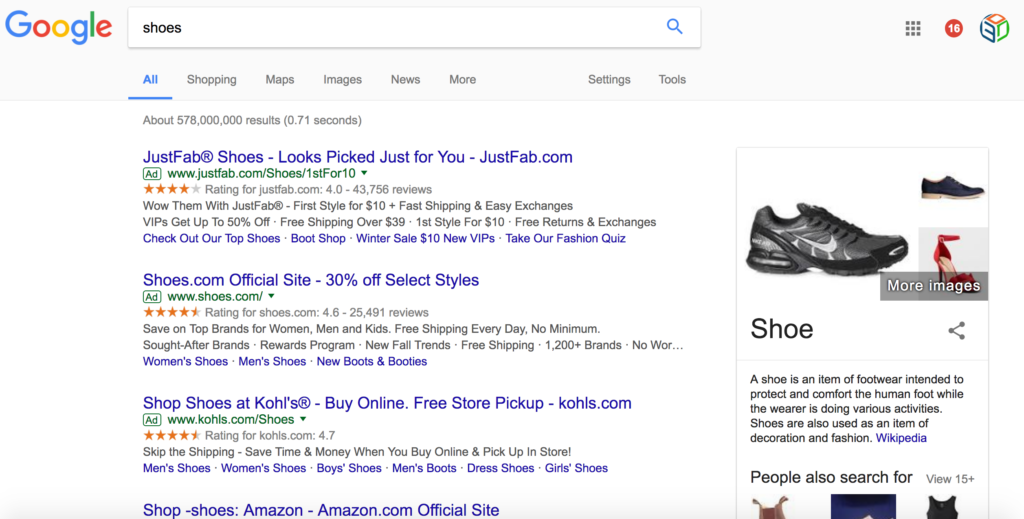
PPC does not only consist of search engine listings, however. Have you ever visited a website looking for a pair of shoes and then it seems like everywhere you visit on the internet that same pair of shoes are showing up? When you scroll down your Facebook feed there is a big ad for the shoes. You go to your favorite blog and on their sidebar is an ad for those shoes. You cannot seem to escape the shoes. This also is PPC. This is called an ad network. It’s several websites on the internet working together to try and get you to buy those shoes. The ad network tracks your moves on the internet and works to sell you what you want. It can be annoying sometimes, but it is effective. If you were to click on one of the banners of the shoes you are considering buying, then a company is going to be charged for that click.
Now let’s look at SEO. SEO stands for Search Engine Optimization. However, SEO has become such a popular term that it doesn’t only include search engines exclusively. For instance, YouTubers use SEO in their video details so that YouTube ranks their videos high.
SEO is a fancy way to say that a search platform likes your content and wants to promote it the visitors searching on their website. Search platforms like content that adds a lot of value to their visitors. The more precise and professional your content is, the more search platforms are going to promote your website.
While Bing & Yahoo are still effective search engines, Google is king when it comes to SEO. Internet marketers everywhere are constantly making changes to their websites in order for Google to rank them high on their listings. The closer to the top of the Google listing, the more potential an internet marketer has to make money.
 SEO consists of two major categories: on-page SEO & off-page SEO. On-page SEO is going to include changes an internet marketer makes to their actual website. Marketers must constantly tweak their content in order to find out what Google likes and does not like. On-page SEO means making sure that keywords are on their website. Keywords are phrases that a marketer believes their traffic will search in order to find them. For instance, if you are selling furniture, then keywords could be “reasonably priced furniture” or “bedroom suit”. Early in the days of search engines, it was easy for companies to rank high for keywords. All marketers had to do was stuff their websites full of keywords. However, Google has gotten smarter and smarter over the years and on-page SEO has gotten more difficult. Now Google looks for what is called Authority. If a website is professional and gives Google’s algorithms the impression that the site is knowledgeable, then Google considers it to have authority.
SEO consists of two major categories: on-page SEO & off-page SEO. On-page SEO is going to include changes an internet marketer makes to their actual website. Marketers must constantly tweak their content in order to find out what Google likes and does not like. On-page SEO means making sure that keywords are on their website. Keywords are phrases that a marketer believes their traffic will search in order to find them. For instance, if you are selling furniture, then keywords could be “reasonably priced furniture” or “bedroom suit”. Early in the days of search engines, it was easy for companies to rank high for keywords. All marketers had to do was stuff their websites full of keywords. However, Google has gotten smarter and smarter over the years and on-page SEO has gotten more difficult. Now Google looks for what is called Authority. If a website is professional and gives Google’s algorithms the impression that the site is knowledgeable, then Google considers it to have authority.
The higher the authority, the higher the ranking. On-page SEO is always including more and more factors. Now marketers have to worry about their websites having too much white space or dead space on their layout. Layout is becoming more important all of the time. Another consideration is whether or not a website is responsive. Responsive websites change their layout based upon what device a visitor is viewing it through. This way the layout looks good and loses no integrity whether a person is viewing it through a Macbook, a large desktop computer, or a small mobile device. A brand new consideration for on-page SEO is security. Google now wants all websites to be secure and have SSL certificates. If your website does not have an https address as opposed to the formerly standard http only address then that is going to hurt your ranking.
Off-page SEO is a bit more complicated. The heart of off-page SEO is link building, more commonly referred to as backlinks. Backlinks are links placed on other websites that link back to your website’s content. These links add value and recognition to your own brand and website. Google also likes websites that are popular. If you sell ebooks, and many online book reviewers have read your book and link to your product page, then Google knows that many people like your book. These backlinks add value to your brand. Google hates spam (Don’t we all). If you are trying to create backlinks by spamming your website URL all over the internet, more than likely Google is going to actually count that against you instead of increasing your ranking.
Link Building is not the only off-page SEO strategy. Other strategies include social media marketing, guest blogging, unlinked brand mentions, & influencer marketing.
Just like with every SEO strategy, you must show search engines that you have a good product, people like it, and you are professional. Following those guidelines is a great recipe for success in SEO.
The last way to get traffic is through SMM, or social media marketing. Social Media Marketing is taking advantage of free or paid advertising on social media platforms. Kim Kardsashian is a great example of someone who uses social media marketing to create brand awareness. She is a social media conglomerate. Companies are willing to pay her thousands of dollars just for one instagram post that promotes their brand. While Kim Kardashian is of reality TV fame, her brand would not be nearly as recognizable without her social media presence. People with huge social media followings are called influencers.
One of the oldest and most common ways of Social Media Marketing is the Facebook fan page. The idea of this strategy is to create a group of people who all like, or are a fan, of the same thing. Fan pages could consist of people who like a band, a sports team, an actor, a business, social awareness campaign, etc. The administrators of the fan page can now broadcast messages to all of the people who like their pages.
Now, there are so many more social media platforms than just Facebook, including Twitter, Instagram, Snapchat, Tumblr, Pinterest, and many more. New ones are being created everyday. However, don’t put all of your eggs in the basket of only one social media platform. We have seen many such as Vine and MySpace be here one day and gone the next. You should use as many social media platforms as possible to help build your brand. The more popular your brand is, the easier it is going to be to get traffic.
Now you are a pro at internet marketing! Well, maybe that’s a bit of an exaggeration, but you should at least have a good understanding of what internet marketing is and how to do it. If you want to become a pro, stay tuned to the Online Business Realm channel by subscribing to our channel.
Until next time, thanks for reading. Get out there and make some money.
